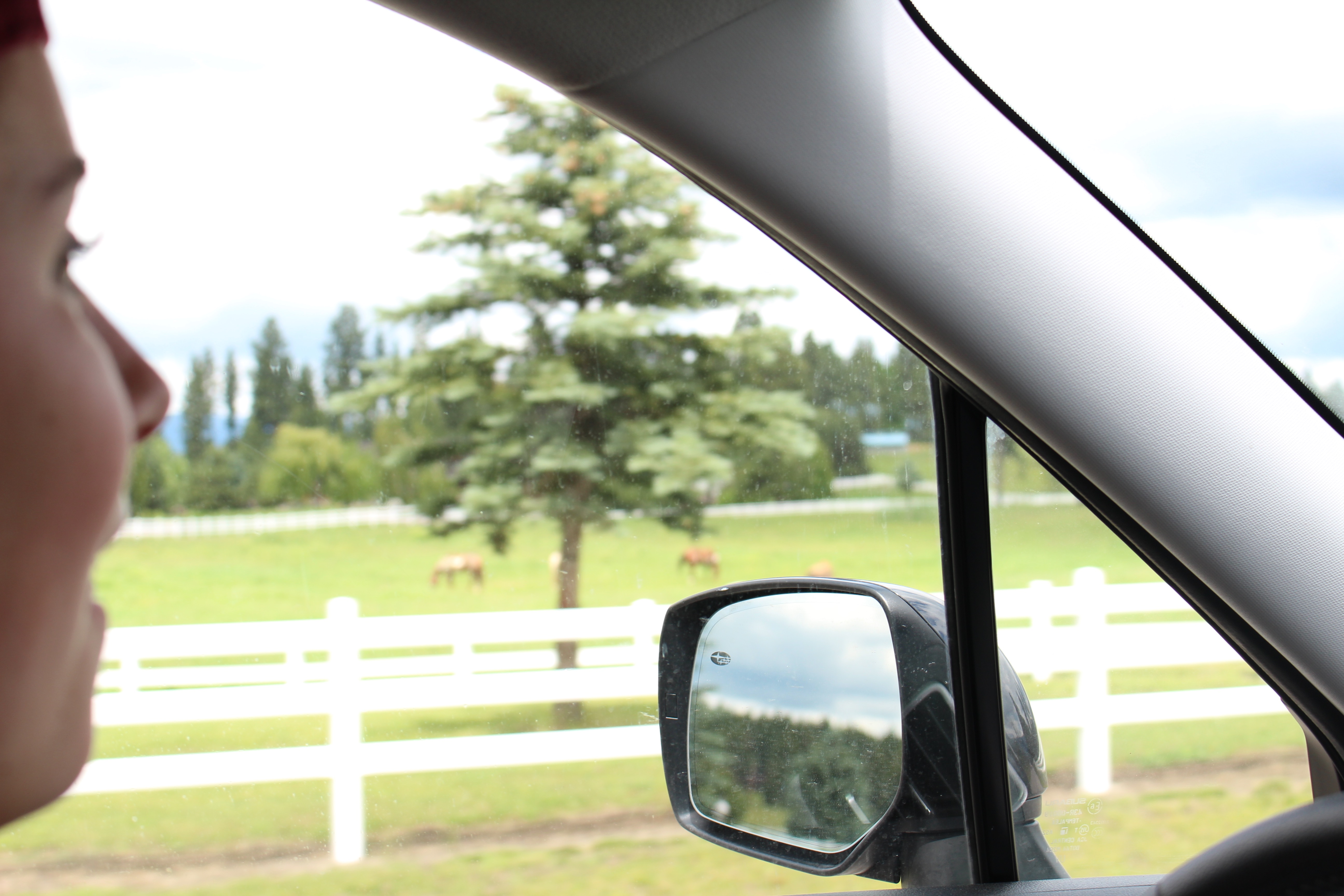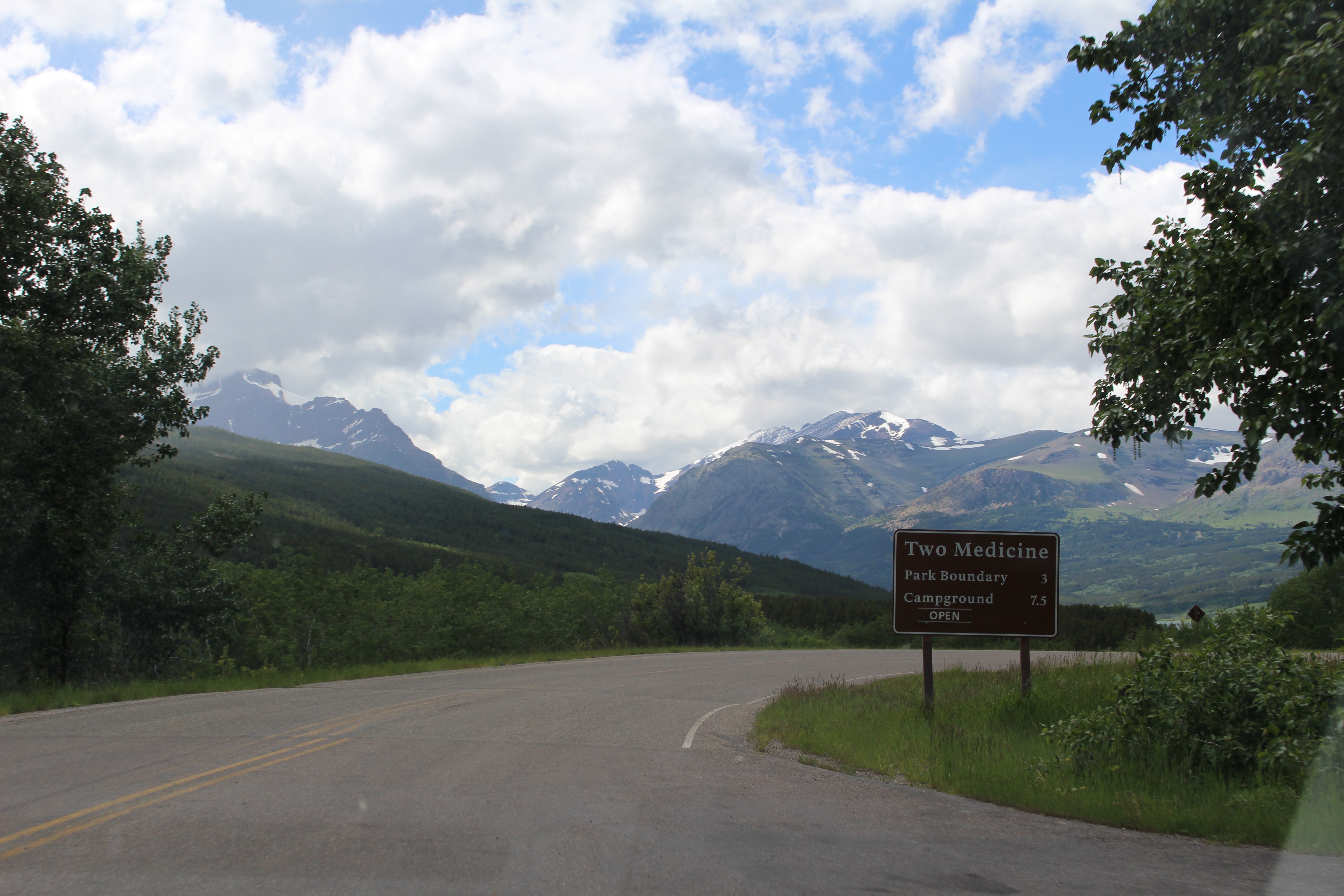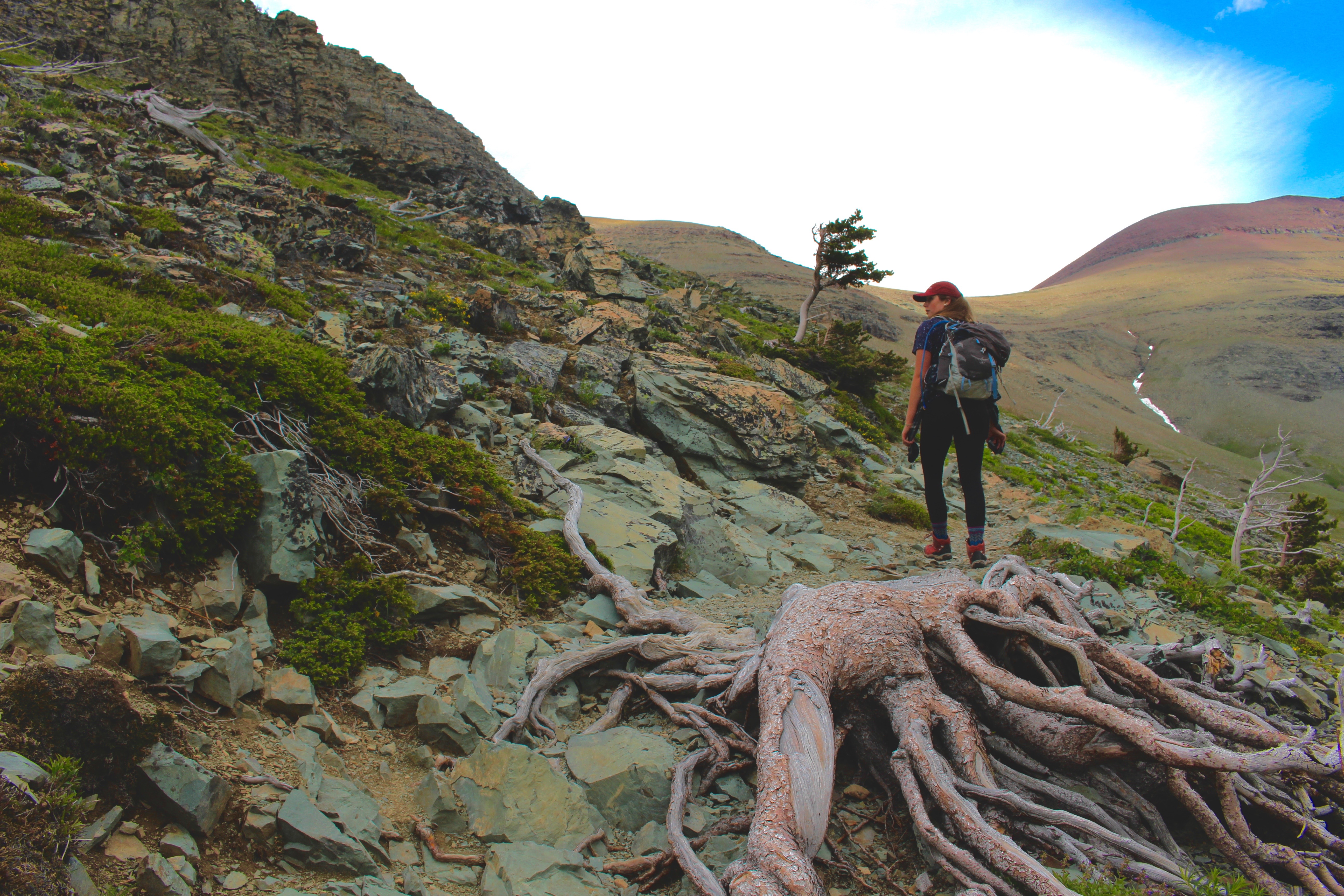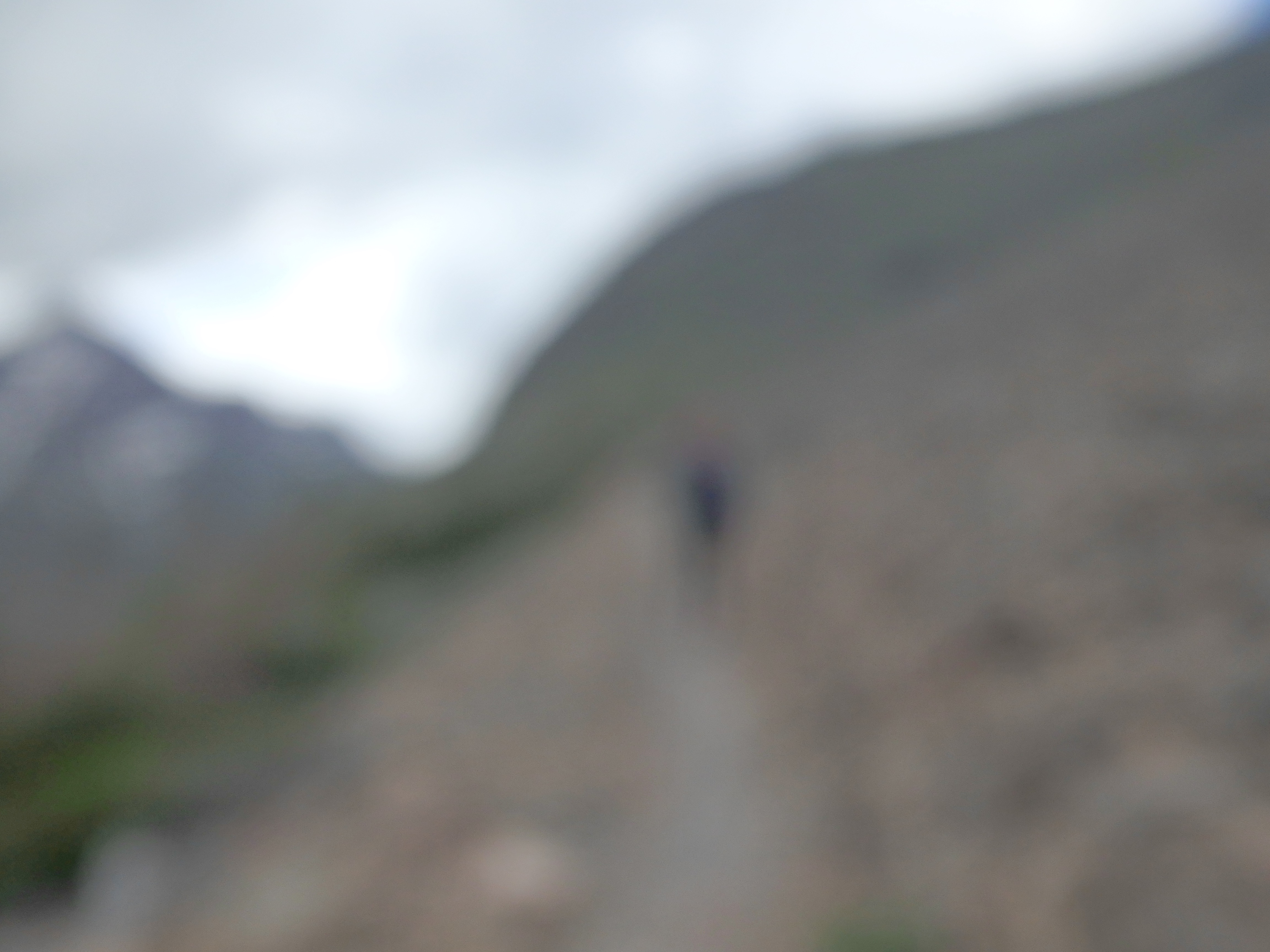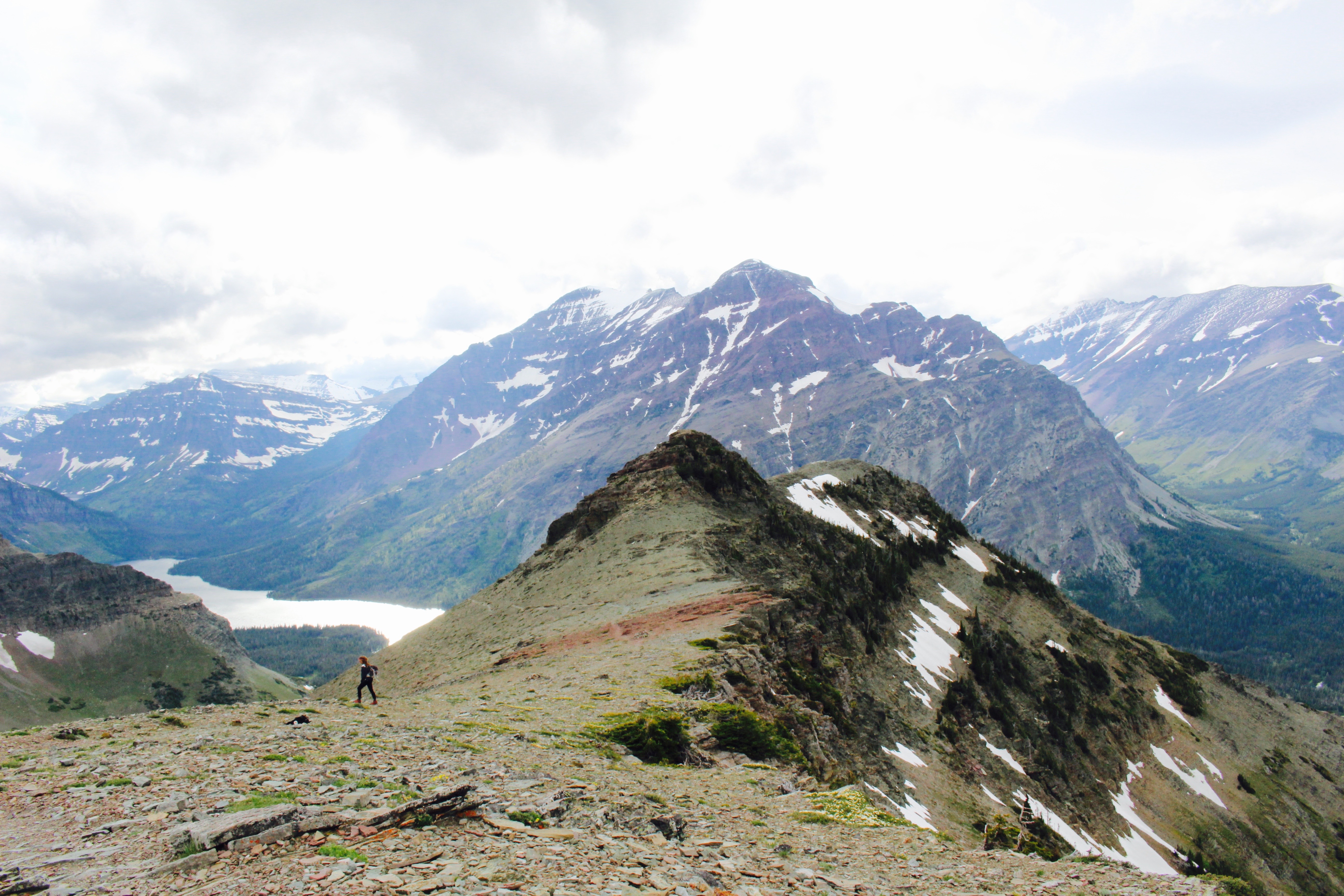As an environmental studies major, I find anything involving the interaction between society and the environment really interesting and a meaningful topic to explore.
I have actually done research and a few projects that focused on fracking in Pa and the negative human health effects associated with it. For the LV story “What the Frack is going on?” I think human health impacts would be an important to discuss and explore within the film. Also something to be wary of is that there are a lot of people and opinions at play when it comes to issues surrounding fracking. It’s important to keep in mind the motives behind theses opinions when bringing fracking in the Delaware watershed to light.
Another LV story that I find interesting is “Saving the shad”, again going further to uncover human’s interaction with the environment, and what the consequences of these interactions are. I also think this is a topic that people aren’t aware of, making the film both interesting and important.
Lead Poisoning in the Lehigh Valley, was actual my LV story idea but I do have some concerns about the feasibility of the project. I think this is such an important issue in the Lehigh Valley and unfortunately does not receive the attention it so desperately deserves. Lead poisoning even in small quantities has severe affects on children’s development. It affects adults as well but not in the same ways or to the same degree it does it children. And studies have shown that in Lehigh Valley, children have unusually high levels of lead in the their blood. That is something we can not and should not ignore. Uncovering something of the culprits such poisoning like old paint, could be an interesting way to uncover this storyline.
Lastly going outside of environmental issues. I think the LV Story “Criminal at the age of five” is something that needs to be addressed and told now. The time frame of this project although might be considered somewhat short by conventional documentary standards, allows for issues today to be addressed now and that’s significant. As this nation’s political climate continues to change. This story centers on an issues that affecting not only residents in the Lehigh Valley but our peers. It is current, it is important, and for some residents in Lehigh Valley unfortunately may be seen as controversial. All reasons way it is something that needs to be talked about and it’s own spotlight.

